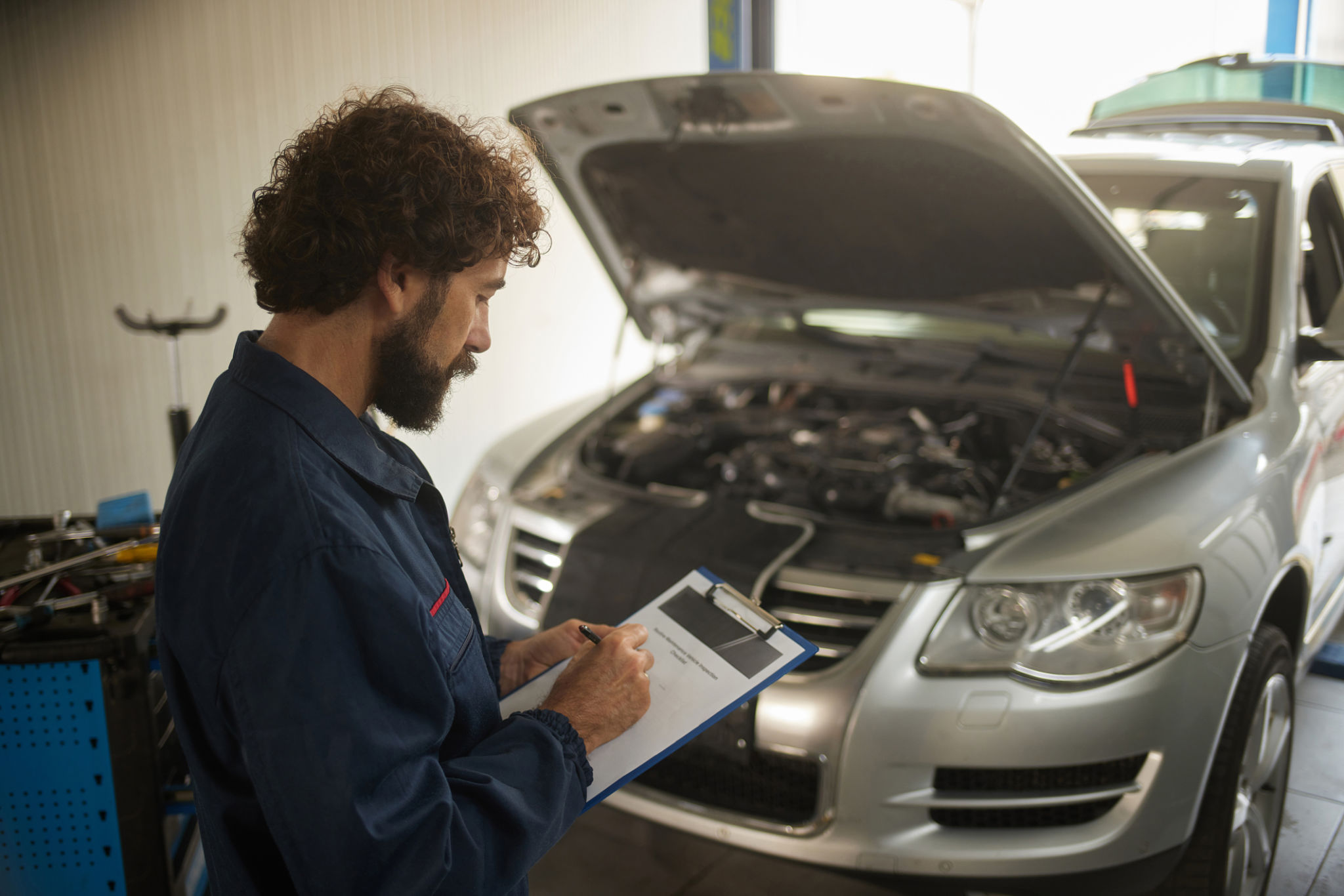How to Safely Transport Your Vehicle After an Insurance Claim
Understanding the Necessity of Safe Vehicle Transport
After experiencing an accident or any incident that leads to an insurance claim, safely transporting your vehicle becomes a priority. Whether the damage is minor or significant, ensuring your vehicle reaches its destination without any additional harm is crucial. This process may seem daunting, but with the right guidance, it becomes manageable.
Transporting your vehicle safely can prevent further damage and save you from incurring extra expenses. This step is essential, especially if your car is not in drivable condition. By following a structured approach, you can ensure a smooth and secure transport process.

Choosing the Right Transport Method
Professional Auto Transport Services
One of the safest ways to transport your vehicle post-claim is by hiring professional auto transport services. These companies specialize in moving vehicles safely and efficiently. They offer various options, such as open or enclosed transport, depending on your needs and budget.
When selecting a service, ensure they have proper licensing and insurance. This protection is vital in case of any unforeseen incidents during transport. Additionally, reading customer reviews and seeking recommendations can guide you in choosing a reliable company.
DIY Transport Options
If you prefer handling the transport yourself, ensure you have the right equipment. Consider renting a car trailer or tow dolly, but only if you're confident in your towing skills. Remember, improper towing can lead to more damage and safety hazards.
Before setting off, thoroughly check your towing setup to ensure everything is secure. Pay attention to weight limits and balance to prevent accidents on the road. It's crucial to drive cautiously and follow all traffic regulations during this process.

Preparing Your Vehicle for Transport
Documenting the Current Condition
Before transporting your vehicle, document its current condition. Take detailed photos from various angles, capturing any existing damage. This step is crucial for insurance purposes and helps in settling any disputes that may arise post-transport.
Keep all documentation related to your insurance claim handy. This includes repair estimates and any correspondence with your insurance provider. Having these records organized will streamline the process should you need to provide evidence of your vehicle's condition before transport.
Securing Personal Belongings
Ensure all personal belongings are removed from the vehicle before transport. Items inside can shift during transit, causing further damage or becoming lost. Check every compartment, including the trunk and glove box, to ensure nothing important is left behind.

Insurance Considerations During Transport
Before arranging for transport, confirm the specifics of your insurance coverage concerning vehicle transport. Some policies may cover damages incurred during this process, while others may not. Understanding your coverage will help you make informed decisions.
If necessary, consider purchasing additional coverage from the transport company. Many offer insurance policies specifically for transit-related incidents. This added layer of protection can provide peace of mind during the transportation process.
Conclusion
Safely transporting your vehicle after an insurance claim involves careful planning and consideration of various factors. By choosing the right transport method, preparing your vehicle appropriately, and understanding your insurance coverage, you can ensure a smooth and stress-free process.
Whether you opt for professional services or decide to transport the vehicle yourself, prioritizing safety and documentation will protect you from potential setbacks. With these steps, you can confidently navigate the post-claim vehicle transport process.